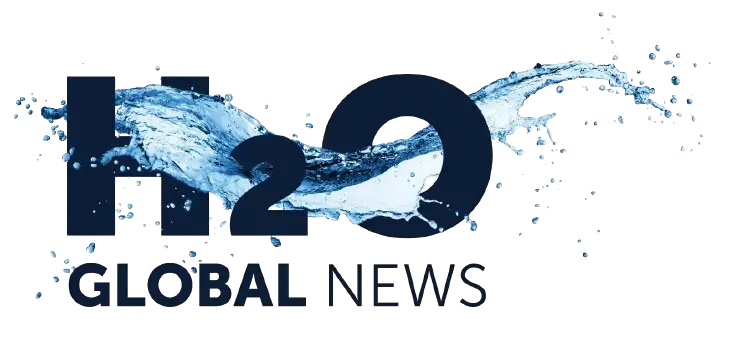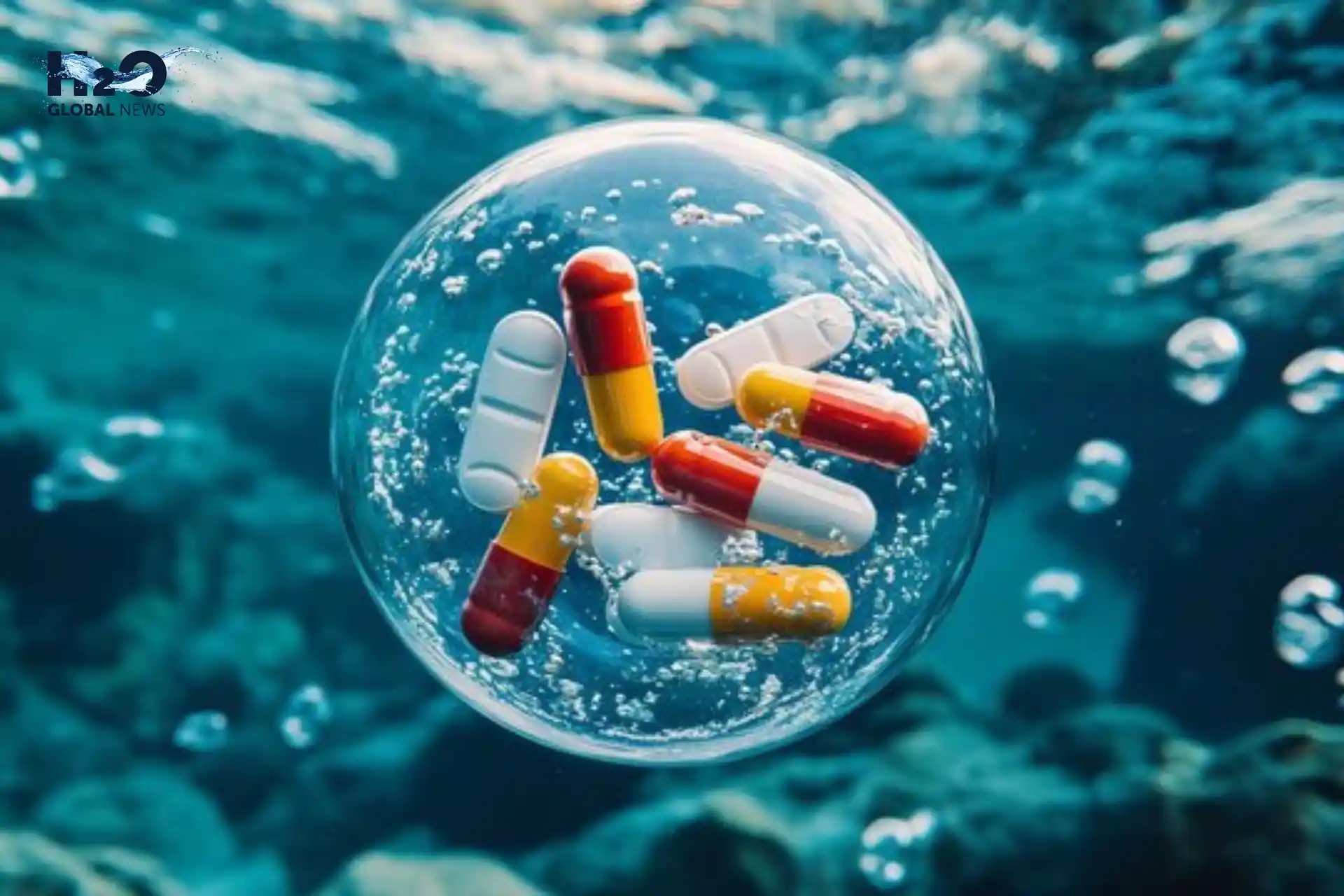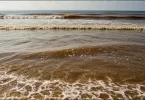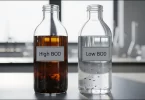You might not see it, but tiny amounts of medicines are ending up in the water we drink, wash with, and use every day. These are called pharmaceuticals in water, and they originate from sources such as hospitals, farms, and even our own homes. When people take medicine, not all of it stays in the body; some of it gets flushed away. The same happens when leftover pills are thrown in the sink or toilet.
Over time, this pharmaceutical pollution builds up in rivers, lakes, and even tap water. Scientists are starting to worry about how this could affect our health, wildlife, and the environment. In this guide, we’ll explain where these drugs in drinking water come from, why it matters, and what can be done to remove them.
What Are Pharmaceuticals in Water?
Pharmaceuticals in water are tiny pieces of medicine, like painkillers, antibiotics, or antidepressants, that end up in rivers, lakes, or drinking water. They come from people taking medicine and flushing it down the toilet, industries discharging untreated waste, and farms using antibiotics on animals.
How Do Pharmaceuticals Get into Water?
Pharmaceuticals in water don’t just appear out of nowhere. They enter our rivers, lakes, and even drinking water through several common everyday actions and industrial activities. Here’s how it happens:
1. Human Use and Disposal
When people take medicines, like antibiotics, painkillers, or antidepressants, not all of the drug gets used by the body. The leftovers leave the body through urine or waste and get flushed down the toilet. While treatment plants clean the water, they aren’t always built to remove pharmaceutical drugs completely. In some cases, expired or unused medicines are also flushed or tossed into household drains, which adds even more pharmaceutical waste in water.
2. Industrial Waste from Drug Factories
Pharmaceutical pollution can also originate from the facilities where medicines are manufactured. Some drug factories release small amounts of chemicals into nearby water bodies, either by accident or due to weak regulations. Even tiny releases over time can lead to large-scale contamination in water near industrial zones. This source is especially concerning in places with less strict environmental monitoring.
3. Farmland Runoff
In agriculture, animals are often given antibiotics and other drugs to prevent disease and help them grow faster. Their waste, which contains these medicines, is used as manure or simply left in open fields. When it rains, the veterinary drugs in manure and fertilisers wash into nearby rivers and lakes. This is known as farmland runoff, and it’s one of the primary ways pharmaceutical waste enters the environment from farms through water.
Water is often called the universal solvent because it dissolves more substances than any other liquid. This unique trait helps explain why pharmaceuticals in water are so persistent. As noted in our article on water as a universal solvent, water’s dissolving power allows traces of medicine like antibiotics or painkillers to stay mixed in rivers, lakes, and even tap water long after disposal.
Why This Matters – Effects of Pharmaceuticals in Drinking Water
Medicines in water, even at tiny levels, can cause significant problems:
- Fish and wildlife: Antidepressants like Prozac alter fish behaviour, making them less healthy and increasing the difficulty of swimming or surviving.
- Antibiotic resistance: Using antibiotics in water helps harmful bacteria become stronger and more resistant to treatment.
- Endocrine-disrupting chemicals in water: Endocrine-disrupting chemicals in water can act like hormones in the body, causing problems with development, reproduction, and even increasing cancer risk. This is especially dangerous for children and pregnant women, as certain pharmaceutical drugs in water can disrupt the endocrine system in ways that are still being actively studied.
Where Are These Drugs Found?
Pharmaceutical drugs in water have been discovered in many places around the world—rivers, lakes, and even drinking water. And it’s not just near hospitals or big cities. Even remote areas are affected.
In the United States, researchers found 95 different types of pharmaceutical drugs in streams across 30 states. These included painkillers, antibiotics, and even antidepressants. This study by the U.S. Geological Survey shows how widespread the issue is, even in places far from major cities. You can read the full findings from Environmental Science & Technology to learn more.
In England, scientists found that rivers running through national parks, areas you’d expect to be the cleanest, sometimes have higher drug levels than rivers in busy towns. This means that pharmaceutical pollution is not limited to urban areas.
In South Africa, the situation is also serious. A recent study found over 100 different drug residues in water used for both drinking and farming. These included medications for humans and animals. Many people rely on this water every day, which raises major concerns. You can explore the full research published by MDPI for more insight into this issue.
How to Remove Pharmaceuticals from Water
Traditional water treatment plants remove some chemicals but not all. New methods can do better:
- Chlorine or ozone: Used by many plants to break down drugs.
- Advanced filters: Activated carbon or reverse osmosis removes tiny molecules.
- Green tech: Special ponds with algae, such as high-rate algae ponds, can reduce the presence of many pharmaceuticals.
Preventing Pharmaceutical Pollution
- Proper Drug Disposal: Don’t flush leftover pills; return them to pharmacies.
- Fix industrial waste rules: Companies must clean their water before letting it go.
- Better farming practices: Use fewer antibiotics in livestock and manage manure runoff.
- Upgrade water treatment plants: Install newer tech that targets drugs and endocrine-disrupting chemicals in water.
Conclusion
Pharmaceutical pollution and contamination in water are a growing concern. Tiny amounts of medicine can have a significant impact on wildlife, contribute to the spread of antibiotic resistance, and disrupt hormone levels. Modern cleaning methods, like ozone treatment, activated carbon, reverse osmosis, and green algae ponds, can help keep water safer. We all have a role: return old meds, support cleaner farm practices, and demand better water treatment. That way, we can protect people, animals, and our planet.
FAQs
What pharmaceuticals are found in wastewater?
Pharmaceutical contaminants such as ampicillin, penicillin, amoxicillin, diclofenac, paracetamol, vancomycin, sulphathiazole, carbamazepine, efavirenz, aspirin, and ibuprofen are commonly detected in surface water and reclaimed wastewater as well as in groundwater.
Can our tap water have pharmaceuticals?
Yes, although levels are tiny (nanograms per litre), research has detected drugs like ibuprofen and carbamazepine in many public water sources worldwide.
Does boiling water help remove pharmaceuticals?
Unfortunately, no. Boiling doesn’t remove or destroy these tiny molecules; using filters like reverse osmosis works much better.
Can you detect drugs in water?
Purchase a comprehensive water testing kit from a reputable source. Follow the instructions to test for pH levels, chlorine, heavy metals, or nitrates. Some advanced kits may also screen for pharmaceuticals. Compare the results to the EPA’s water quality standards for safe drinking water.









